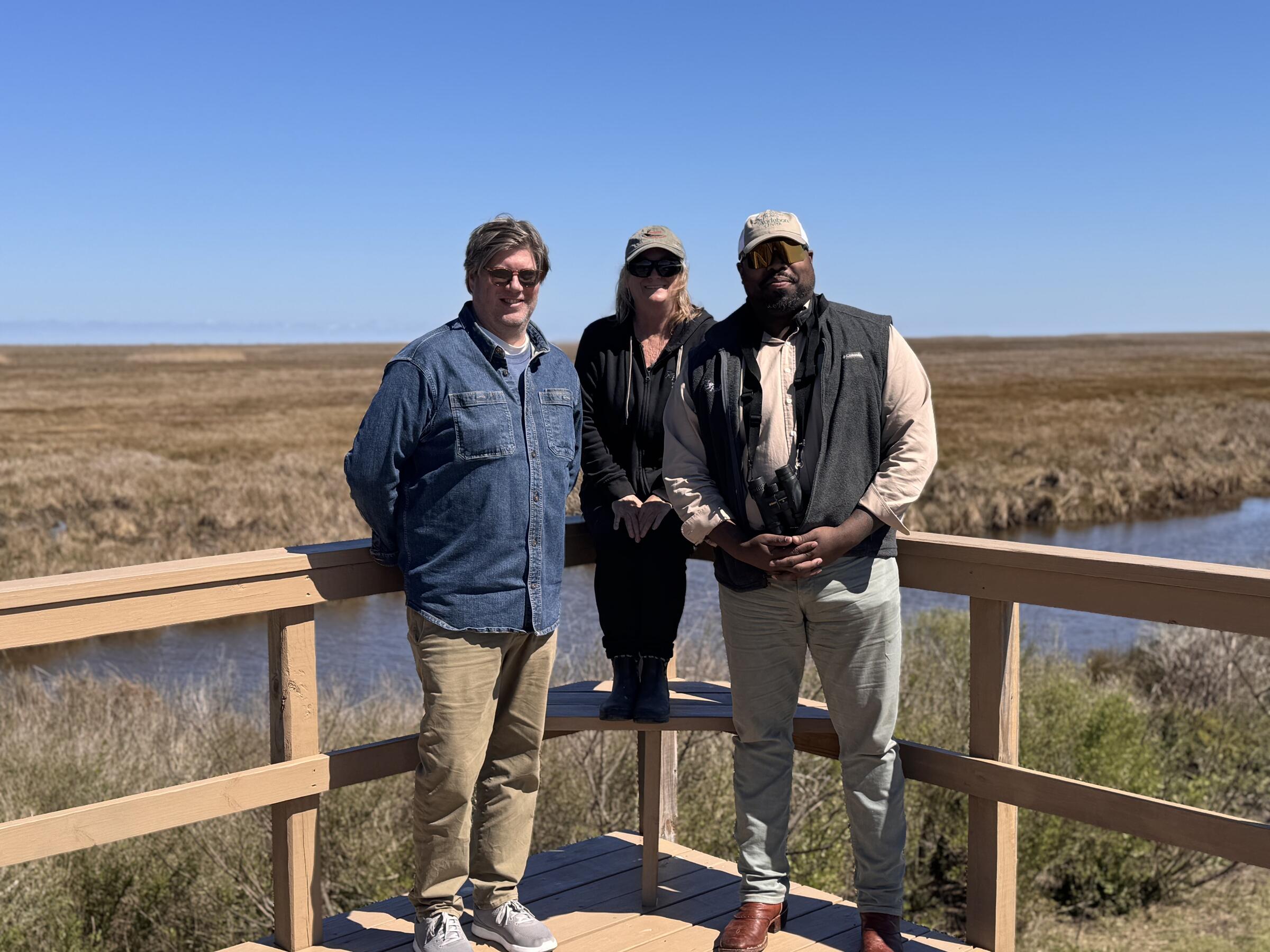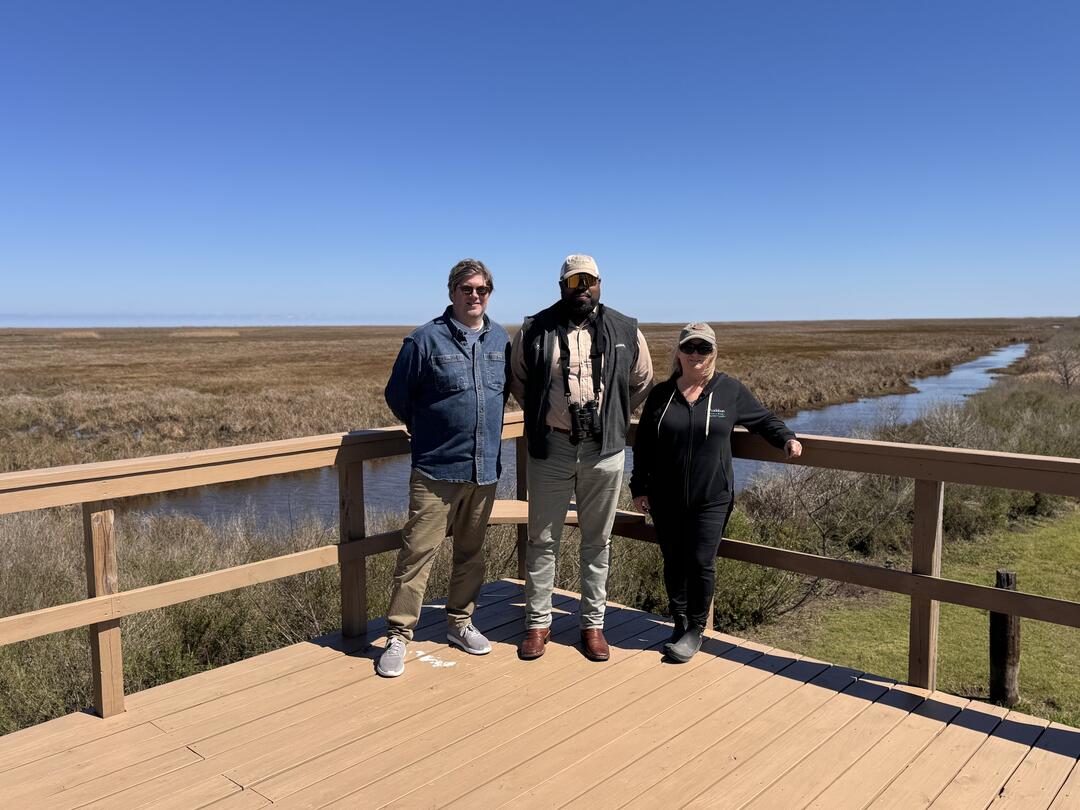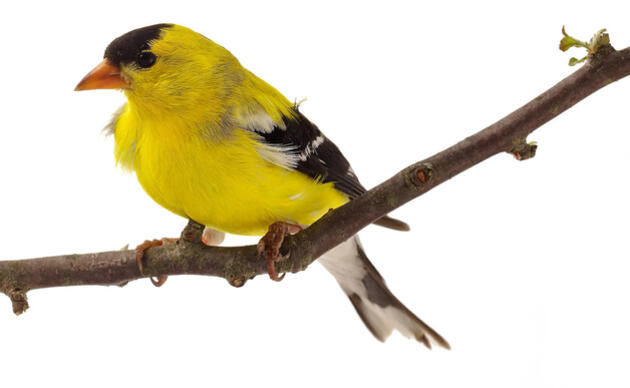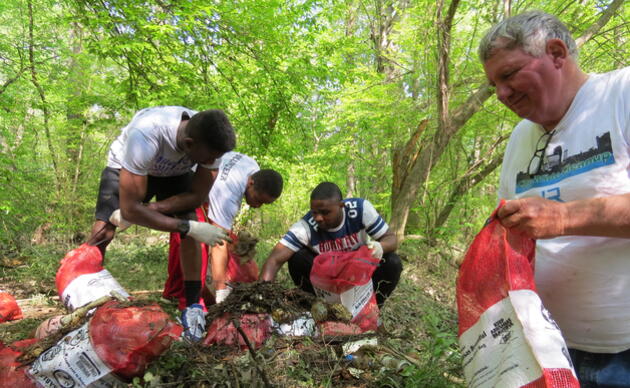Audubon’s Chief Conservation Officer, Marshall Johnson, recently made a meaningful visit to the Paul J. Rainey Wildlife Sanctuary—an awe-inspiring, 26,000-acre stretch of marshland nestled in Louisiana’s Vermilion Parish. The sanctuary has stood as a living testament to the Audubon Society’s unwavering commitment to conservation and habitat protection for over a century.
Guided by acting Manager Karen Westphal, Marshall explored the sanctuary’s intricate network of canals and water structures, climbing observation decks and nesting platforms providing critical vantage points for birds and researchers. As they toured the landscape, Karen highlighted not only the sanctuary’s thriving biodiversity but also the visible signs of degradation—an honest reflection of the ongoing challenges the Gulf Coast faces from erosion, sea level rise, and climate change.
Home to an astonishing variety of bird species, fish, and other wildlife, the Paul J. Rainey Sanctuary does more than support nature—it plays a key role in protecting local communities by reducing storm impacts and helping buffer Louisiana’s vulnerable coastline. Restoration efforts here have focused on reviving the ecological health of the marsh, ensuring it remains a dynamic and functional ecosystem for generations to come.
Marshall and the entire Audubon conservation team's visit reaffirmed the importance of continued restoration and adaptation. With future projects already in the works, their goal is to save Louisiana’s rapidly disappearing coastline and preserve one of North America's most vital and beautiful habitats.
As Audubon looks ahead, the legacy of Paul J. Rainey Wildlife Sanctuary remains a beacon of hope—a place where science, stewardship, and community converge to protect what matters most.





